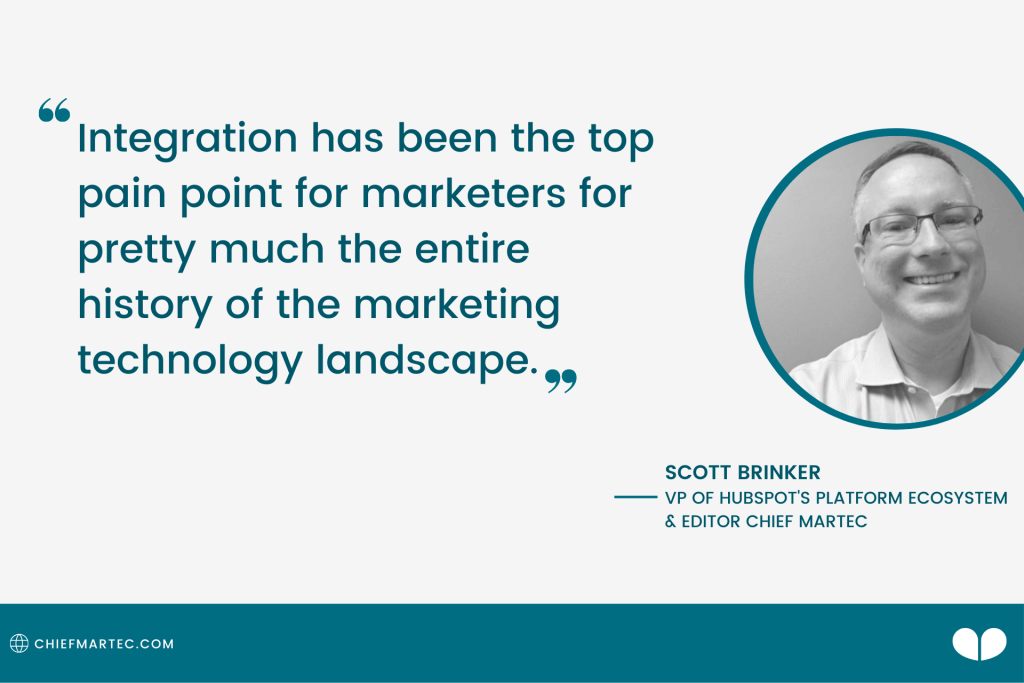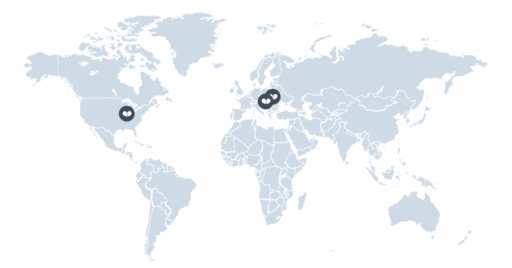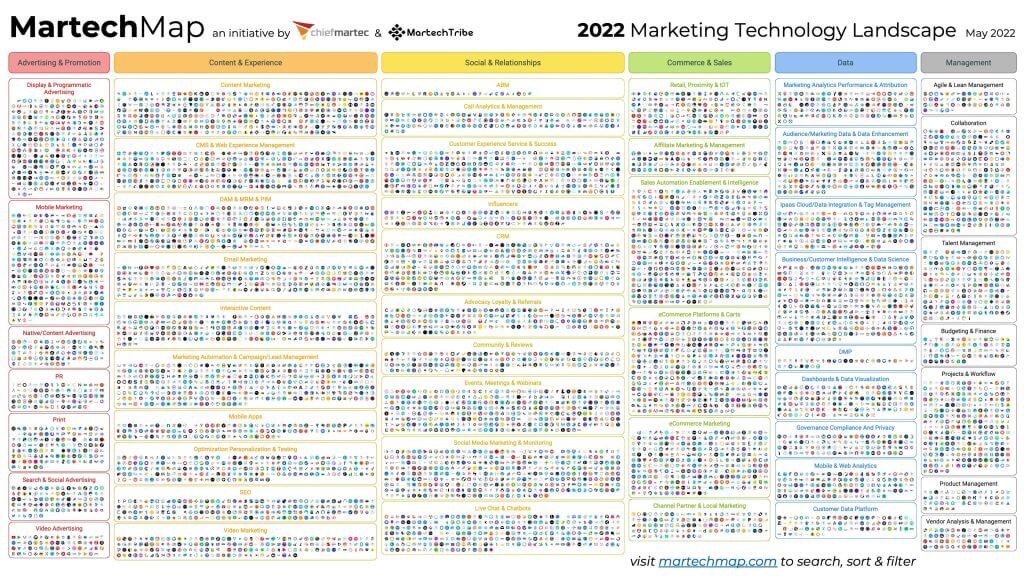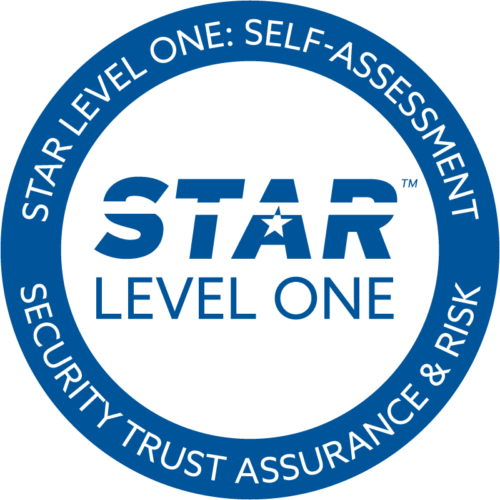How to start a MarTech stack for Marketing Operations (MOps)
In today’s digital landscape, marketers must use an extensive amount of technologies to entice customers and drive online conversions. From SEO to social media and email marketing, companies use a variety of marketing channels to maximize sales and increase brand awareness.
As a response to this new type of marketing, the field of MarTech entered the picture, giving marketers the necessary tools to quickly plan, deploy, and analyze their marketing campaigns. It’s become essential to have a “stack” of MarTech to keep up with modern marketing strategies and stay ahead of the competition.
How important is your MarTech stack? Who is responsible for building your MarTech stack? What are the steps to building a successful MarTech stack? These are some of the questions we’ll examine in this article.
How important is a MarTech stack?
From creating helpful content to promoting the business and acquiring new customers, a marketing department has a lot on its plate. To succeed in marketing, companies must perform a significant number of tasks with consistency and blazing speed. That’s essentially where a MarTech stack is vital.
Marketers execute their marketing campaigns using tech. It allows them to automate time-consuming tasks that would slow down the marketing effort. For example, social media tasks can be pretty repetitive. Imagine having to answer the same question over and over on social media. MarTech lets the marketer automate responses and send downloadable content using Facebook or Instagram automation tools.
MarTech is also essential to tweak and improve the efficiency of marketing campaigns. Indeed, there are thousands of marketing tools that allow marketers to collect data. It gives them the power to analyze how their campaigns performed and find ways to improve.
In short, MarTech stacks are essential to your company. It makes your marketer’s lives easier and increases their level of success.
Who is responsible for building your MarTech stack?
Your MarTech stack should be planned in the early stages of your marketing strategy. While it’s unlikely that you’ll design the perfect MarTech stack at this point (more on that later), it should align with your marketing goals, streamline processes, and create a connection between your marketing and IT departments.
That said, who is in charge of building your MarTech stack? Ideally, your MarTech stack is created by your Marketing Operations (MOps) team.

Your MOps team is expected to plan a MarTech stack based on your company’s goals, budget, and needs. These are the MOps team members who plan and build your MarTech stack:
- Director of MOps
- MOps Manager
- Marketing Technology Manager
- Data and Analytics Manager
Keep in mind that your MarTech stack is never set in stone. It should be optimized depending on its performance. Your MOps team must consistently monitor your MarTech stack and look for ways to make processes and automation increasingly seamless.
How to build your MarTech stack in 6 steps
There isn’t a perfect recipe for building your MarTech stack. That’s because every company has unique needs, objectives, issues, and structures. Nonetheless, the following six steps will help you find the right MarTech for your business.
1. Build according to your marketing strategy
Having a clear marketing strategy is essential to building an effective MarTech stack. You see, many companies develop their marketing strategy around the tech they want to use – a significant mistake that can endanger your marketing structure.
You should build your MarTech stack around your marketing strategy, not the other way around. Let your marketing strategy guide you in choosing the right tech that will help you accomplish your goals.
2. Approach it with the KISS principle
When it comes to tech, we tend to make it more complicated than it is. Remember to “Keep it simple, stupid” (KISS). Start by choosing the essential tools you’ll need to run marketing campaigns, create workflows, and automate redundant tasks. Then build on it as your marketing needs grow.
3. Look ahead, but not too far
There’s so much great tech out there, so it’s easy to look too far ahead when building your MarTech stack. Remember your stack should evolve as your business grows. So it’s wise to build your MarTech stack according to your immediate and medium-term goals. Looking too far ahead will make you purchase unnecessary tools that will complicate your processes and lead to overspending.

4. Set a strict budget
A MarTech stack can become costly if you aren’t careful. Set a MarTech budget to keep you from overspending. It’s best to decide on a monthly, quarterly, or yearly budget and further break it down into a budget per strategy. For example, you might need a larger budget for marketing automation tools than for communication tools.
5. Consider complexity
Content Managers lead a team of content writers and copywriters. They must build a branding identity and online presence. They’re expected to:
- Instill a positive view of the company and its product/service via multimedia content
- Develop a web content strategy aligned with company goals
- Work with SEO Specialists to plan keyword strategies
- Oversee content production and monitor its long-term efficiency
- Create a content calendar and constantly meet content goals
9,932 is the new magic number of marketing technology vendors out there! Recently, the team of Chief Martec has launched the democratized version of the Martech landscape 2022.
What does this mean exactly? Here are some key stats and facts:
- The 2022 Martech Map, categorises 9,932 martech solutions, mapped into 49 categories
- The largest growth happened in the categories of Content & Experience, Commerce & Sales, and Management
- Also interesting to know: Europe developed 50% more DAM & MRM products than the US, while the US developed 61% more ABM products than Europe
6. Integration is key

Scott Brinker from Hubspot previously wrote in his column. It’s, therefore, necessary to find MarTech that can co-exist in a stack. Integrations allow you to create a seamless workflow between teams and departments, ensuring you’re getting the most out of your marketing effort.
Last thoughts
There are almost 10,000 MarTech tools at the time of writing this article, so building the perfect MarTech stack may be impossible. However, by following your marketing strategy and trusting your MOps team, you can find the right formula that works for your company. Remember to start with a good foundation, choosing tools that streamline the most critical elements of your marketing effort.
Author

Peter Fechter
Peter is Digital Marketing Manager at MARMIND and is mainly responsible for website and lead management. When he's not busy creating content, he is developing new strategic approaches for campaign planning.
















